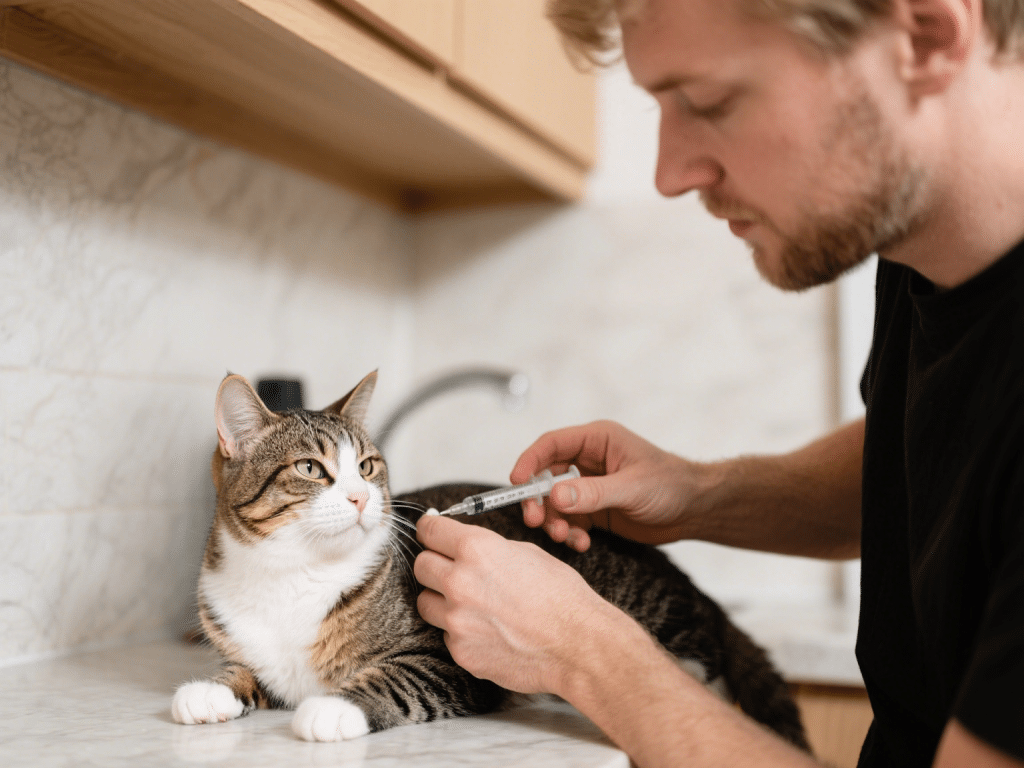
In my 15 years as an avian behavior consultant, I’ve discovered that parakeets communicate a rich emotional vocabulary through subtle sound variations. Learning to “speak parakeet” empowers you to provide timely care, strengthen trust, and enrich your bird’s life. This guide deciphers the key vocal cues you’re likely to encounter.
1. The Contented Chirp
Frequency: Rapid, low‑volume chirping in short bursts.
Meaning: Your parakeet is comfortable, often accompanying preening or gentle social interactions. Encourage by maintaining consistent routines and providing favorite perches near family activity.
2. The Excited Warble
Frequency: Musical, rolling trills that vary in pitch.
Meaning: Indicates playfulness or anticipation—common when offering favorite treats or new toys. Reinforce by playing gentle tunes or conducting brief training sessions.
3. The Alarm Call
Frequency: Sharp “tseet‑tseet” repeated 3–5 times.
Meaning: Parakeets use this to alert flock members (you included) of perceived danger—sudden movements, unfamiliar visitors, or predator shadows outside. Respond by calmly investigating the trigger; avoid sudden loud noises.
4. The Screech or Squawk
Frequency: High‑decibel, harsh sounds.
Meaning: Often signals distress, fear, or overstimulation. Could arise from cage changes, new pets, or confinement without flight time. Mitigate by offering hiding spots, lowering noise levels, and ensuring at least 1 hour of daily out‑of‑cage supervised flight.
5. The Begging Call
Frequency: Soft, rhythmic tweeting, often directed at hands offering food.
Meaning: Hunger or desire for interaction. Instead of overfeeding, schedule small, frequent training treats—seed mixed with pellets—to avoid obesity.
6. The Mimicry and Speech
Parakeets often mimic household sounds (phone rings, microwave beeps) before attempting human words. Encourage speech by clearly repeating short phrases in a calm tone during one‑on‑one sessions.
7. Stress‑Related Grinding
Rapid, loud grinding akin to teeth chattering.
Meaning: Pain or severe anxiety—often accompanied by fluffed feathers and crouching. Inspect for injuries, consult an avian vet if repeated, and remove apparent stressors immediately.
8. Contextual Listening and Recording
Use a smartphone to record unfamiliar calls. Note time of day, surroundings, and your bird’s body language. Over weeks, patterns will emerge—enabling proactive care adjustments.
9. Enhancing Communication Through Environment
Provide multiple perches at different heights so your bird can express territorial calls. Install a dedicated “training perch” with a bell to signal positive‑reinforcement sessions—your parakeet will soon chirp in anticipation.
10. Deepening the Bond
Respond promptly and gently to your parakeet’s vocal cues. Over time, your bird will learn that its “words” matter—leading to increased trust, more frequent social calls, and a happier, healthier companion.










